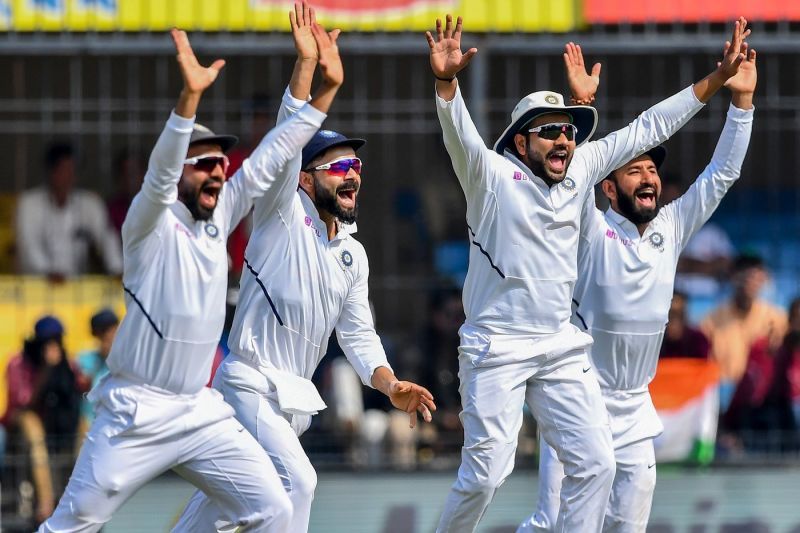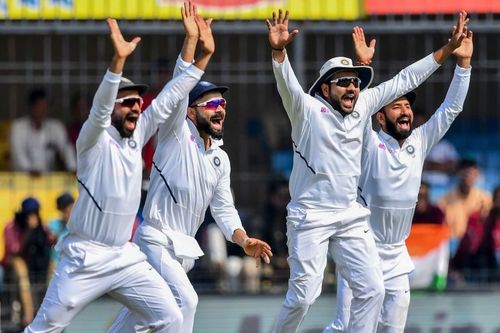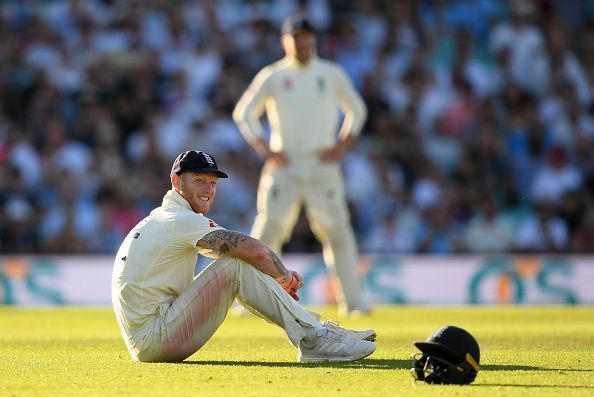
4-day Tests: A revenue-maximization model, or a move to reinvent the format?

Reinforcing the statement 'change is the only constant,' the game of cricket has witnessed a lot of changes in its lifetime. From timeless Tests to 100-ball contests, cricket has come a long way.
And now, the gentlemen's game seems on the brink of yet another change, as the ICC Cricket Committee headed by Anil Kumble has proposed the introduction of 4-day Tests.
The Committee will be discussing the proposal thoroughly at their annual meeting in March this year. It is worthy to note that whatever changes the Kumble-headed committee comes up with will only come into effect post the ongoing World Test Championship - that is, in the next cycle of World Test Championship which starts in 2023.
What made the ICC consider 4-day Tests?

What moved the ICC Cricket Committee enough to think on these lines? Was it diminishing interest in Tests among the fans, or did it have something to do with the revenue models of the fellow cricket boards and broadcasters, which eventually affects ICC's revenue models?
Many believe Test cricket is facing a crisis of sorts as the fans are slowly but surely losing interest in the longest format of the game. The cricket boards are being unable to attract crowds to the stadiums, but that isn't the only problem. Test cricket doesn't get enough viewership on television either.
Also see – PSL 2020 schedule
Statistics that reveal the sorry state of Test cricket
Let's plunge into some revealing statistics. According to a study conducted by the Broadcast Audience Research Council (BARC), in the year 2018, India played 14 Tests with tier 1 teams, which garnered 21.1 crore impressions. In approximately the same timeframe, the Indian cricket team featured in 20 ODIs and 19 T20Is while registering 36.7 crore and 44.6 crore impressions respectively.
The numbers tell us a lot about Indian fans' interest in the longest format of the game. If this is the case for India, the numbers would be even scarier for other countries as India is said to have the largest fan-base in the world.
Moreover, Star India is currently paying BCCI an amount of INR 60.18 crore per Test - the same that they pay for an ODI or a T20I. To look at it from the broadcaster's perspective, covering T20Is and ODIs is far more profitable than covering Tests.
Will 4-day Tests really solve the purpose?
Many Tests even today get over inside four days, while some don't produce a result even after five full days. Therefore, it is no guarantee that having 4-day Tests will change the fans' attitude towards the game.

It is quite evident that 4-day Tests will be more beneficial to the broadcasters and the cricket boards than to the fans, who are supposed to be the biggest stakeholders of the game. Since it is hard to predict whether 4-day Tests will bring more audience into play or force the fans to gain more interest in Tests, the effect on them is highly debatable.
Besides, if ever 4-day Tests come into effect, it will likely increase the workload of the players - especially of the ones who play all the three formats. If on average a nation plays 15 Tests in a year, the cricket boards will try to squeeze in a few more limited overs games which will eventually increase the workload of the players.
To sum up, the introduction of 4-day Tests will probably give more T20Is to the fans rather than reignite their interest in the longest format of the game. It will likely be more of a revenue-maximization method for the ICC and fellow cricket boards than a solution to the crisis facing Test cricket.